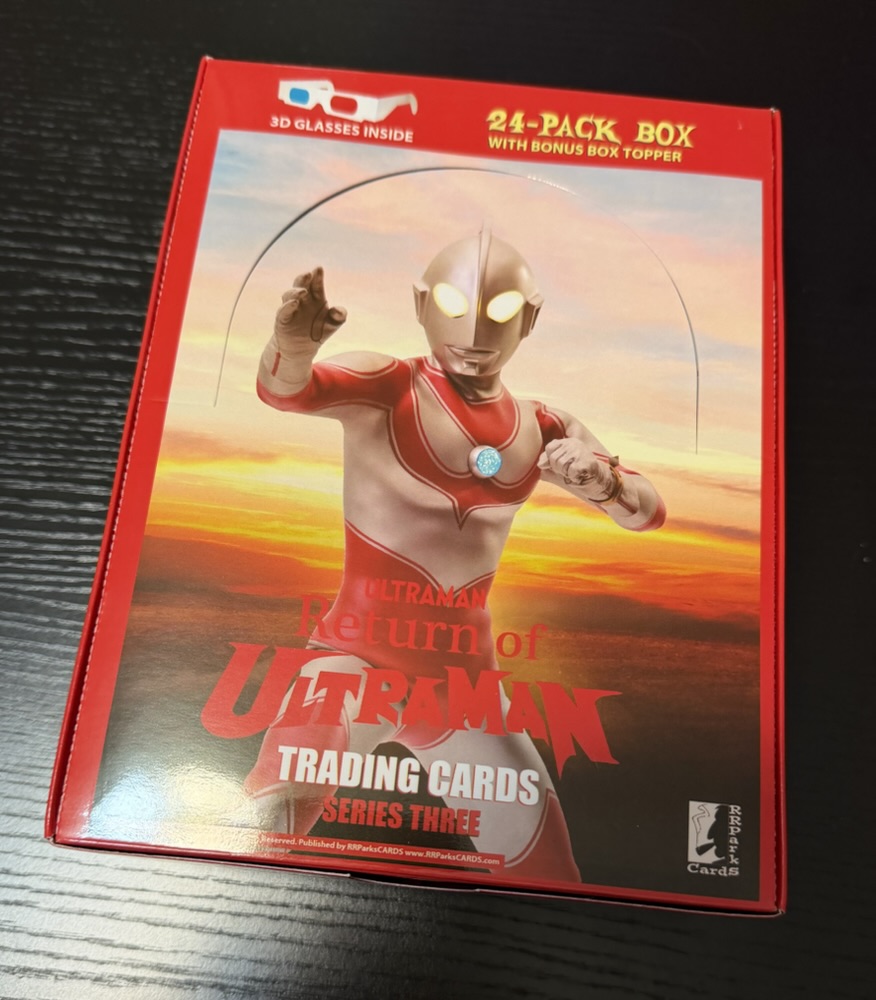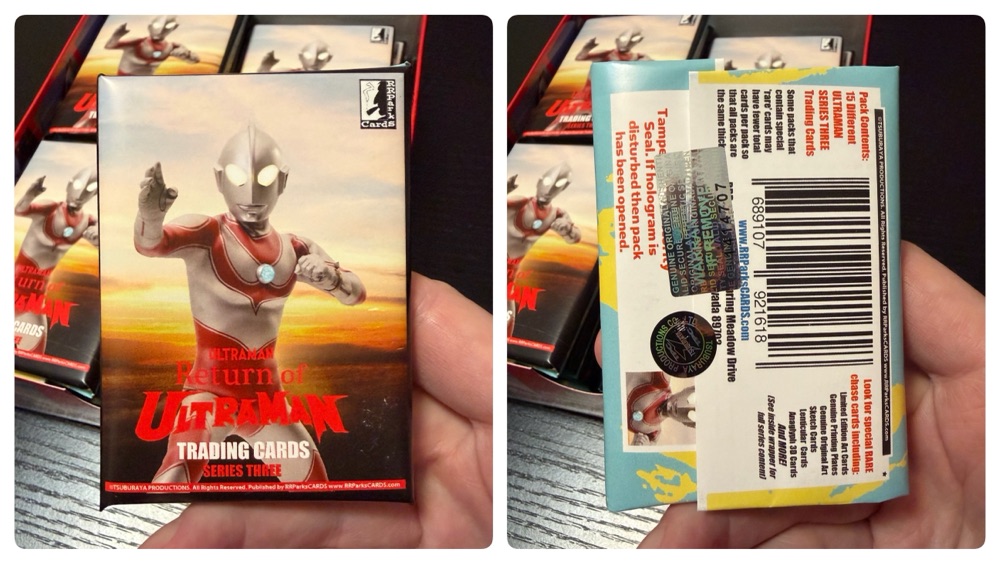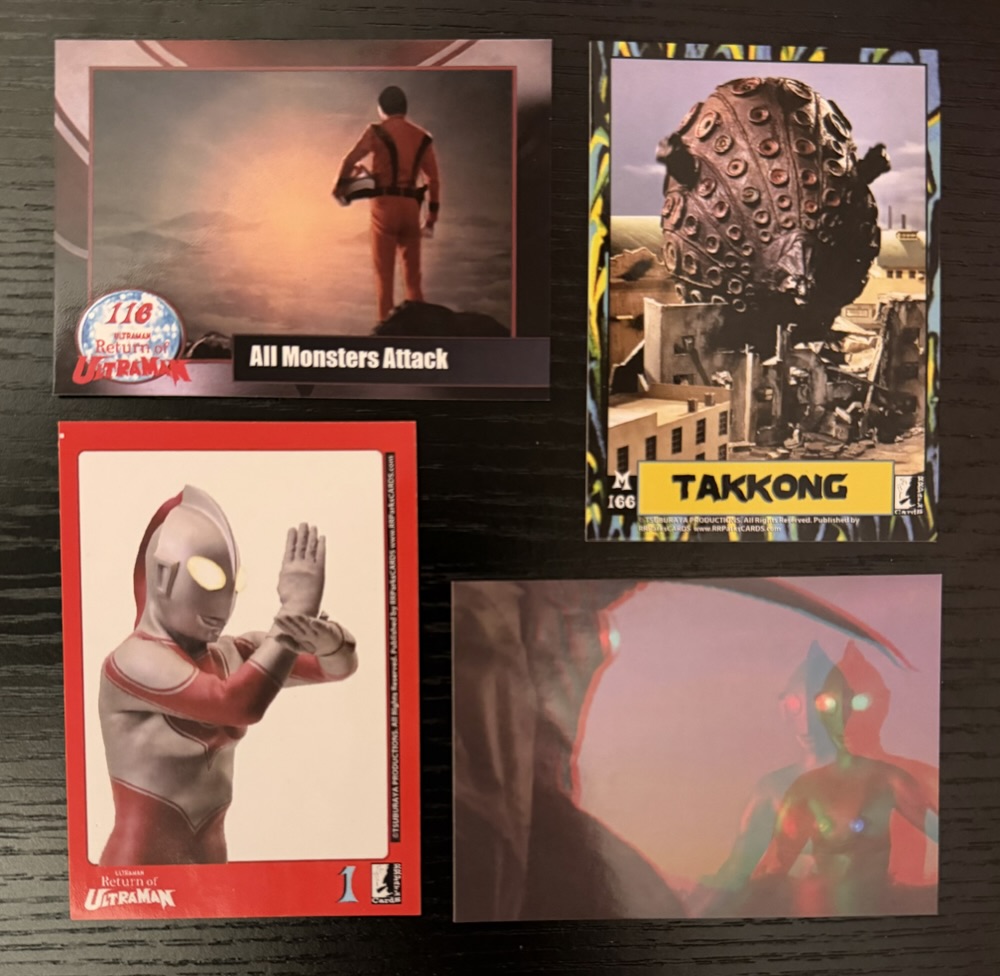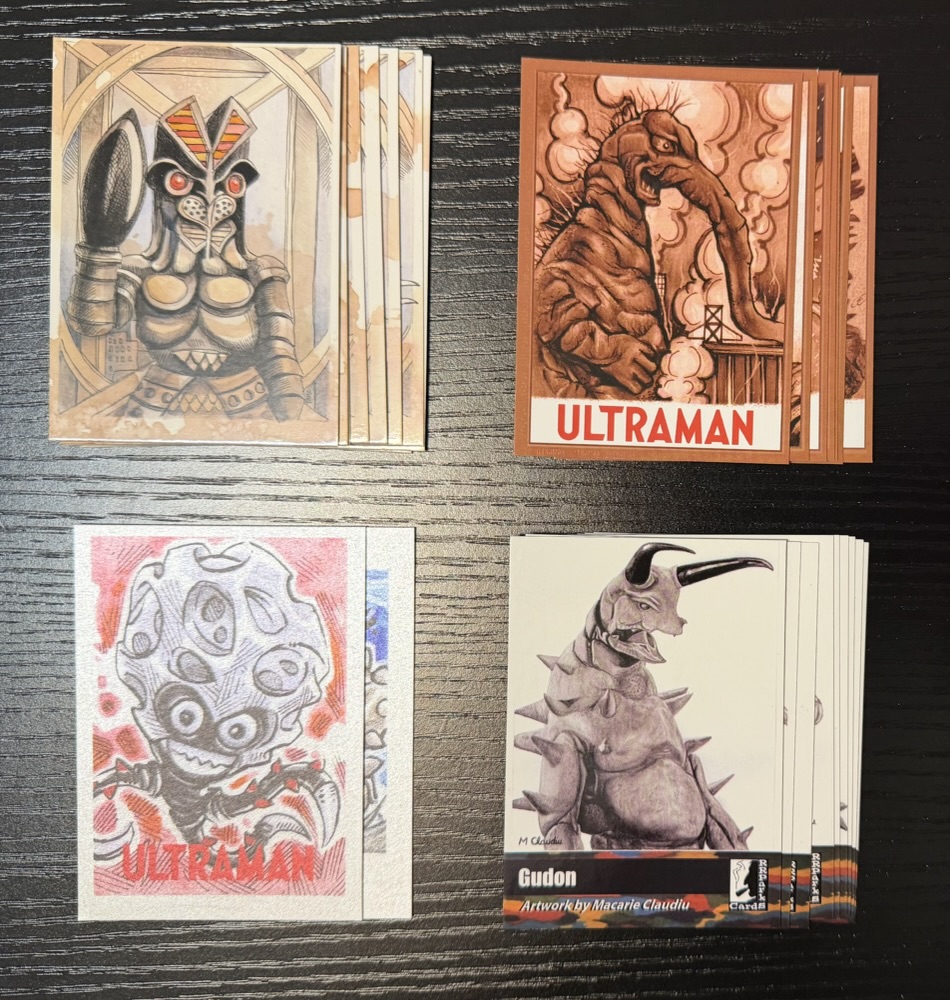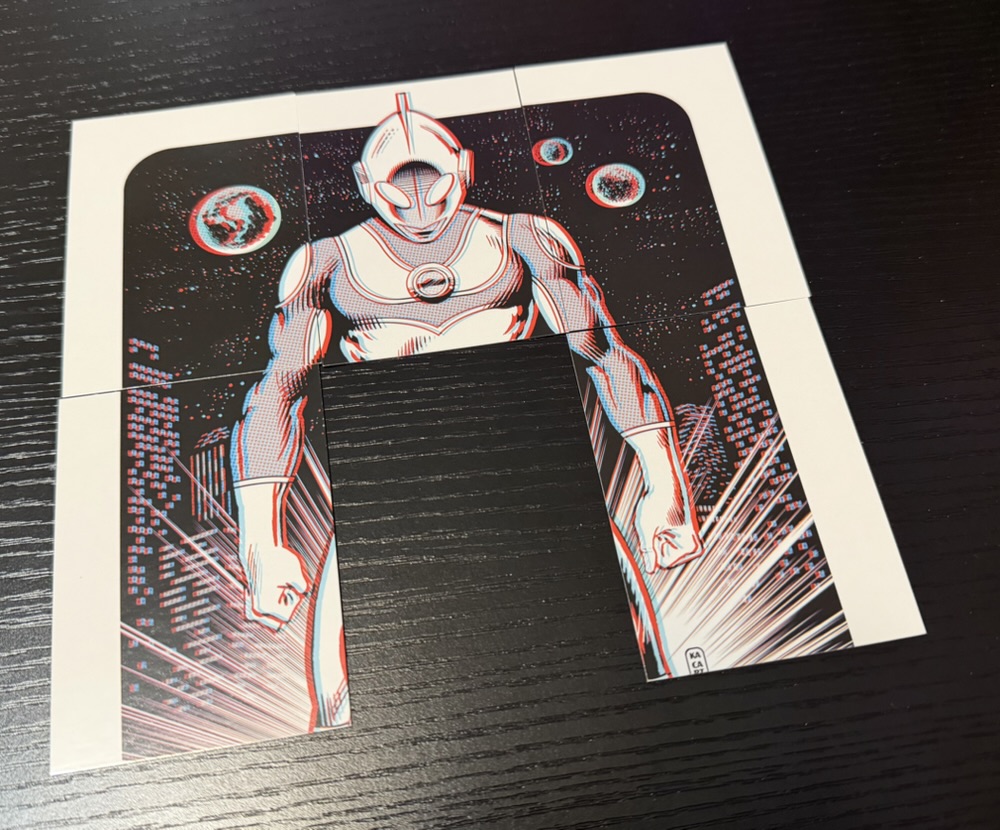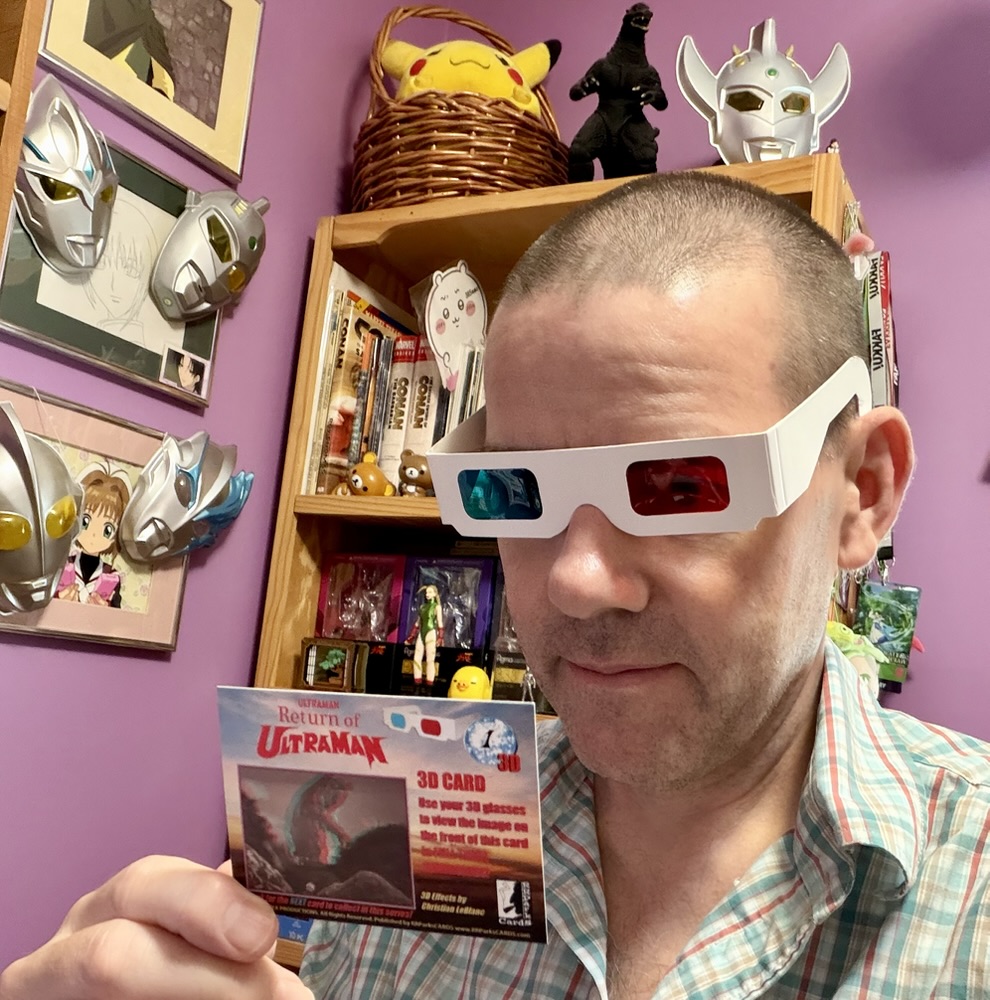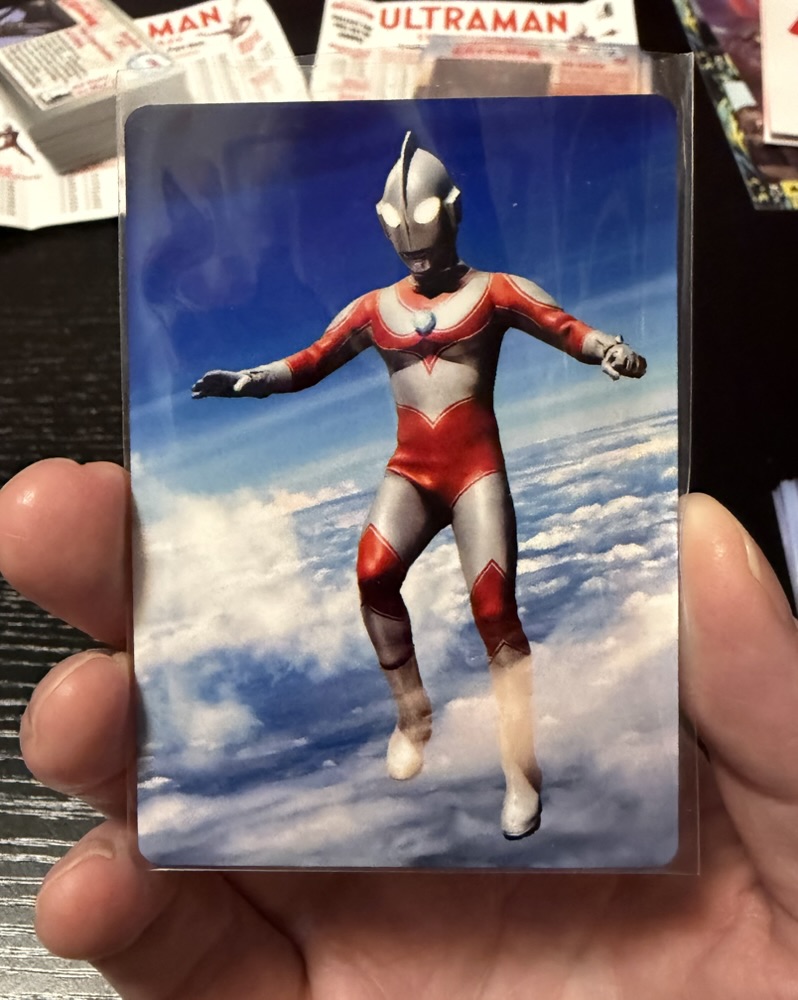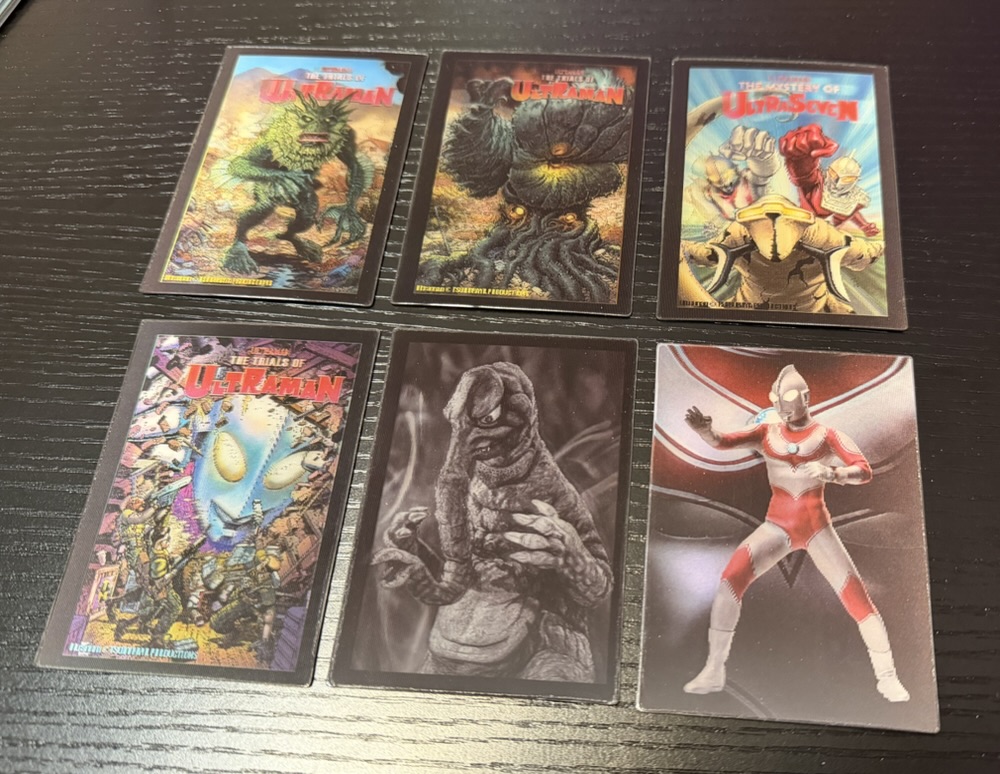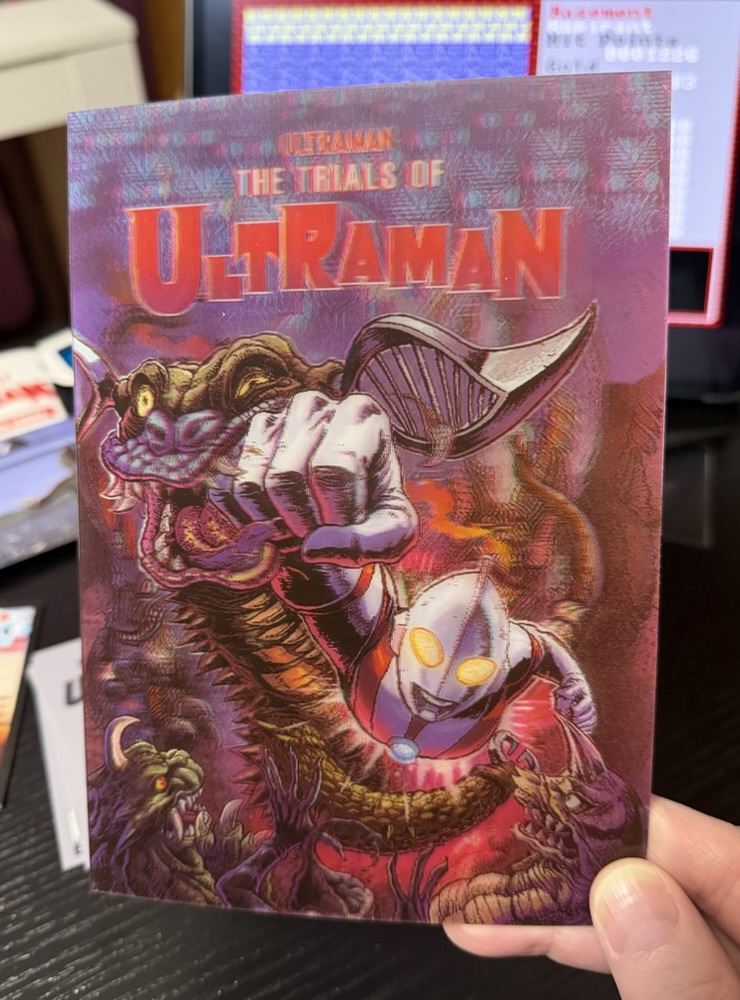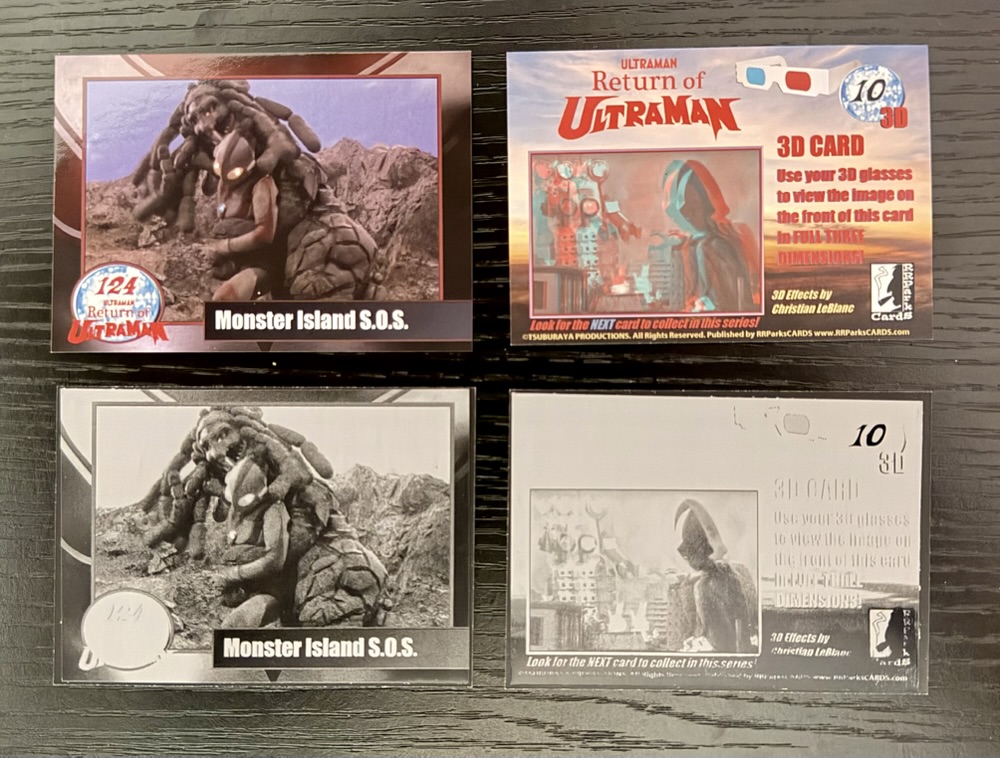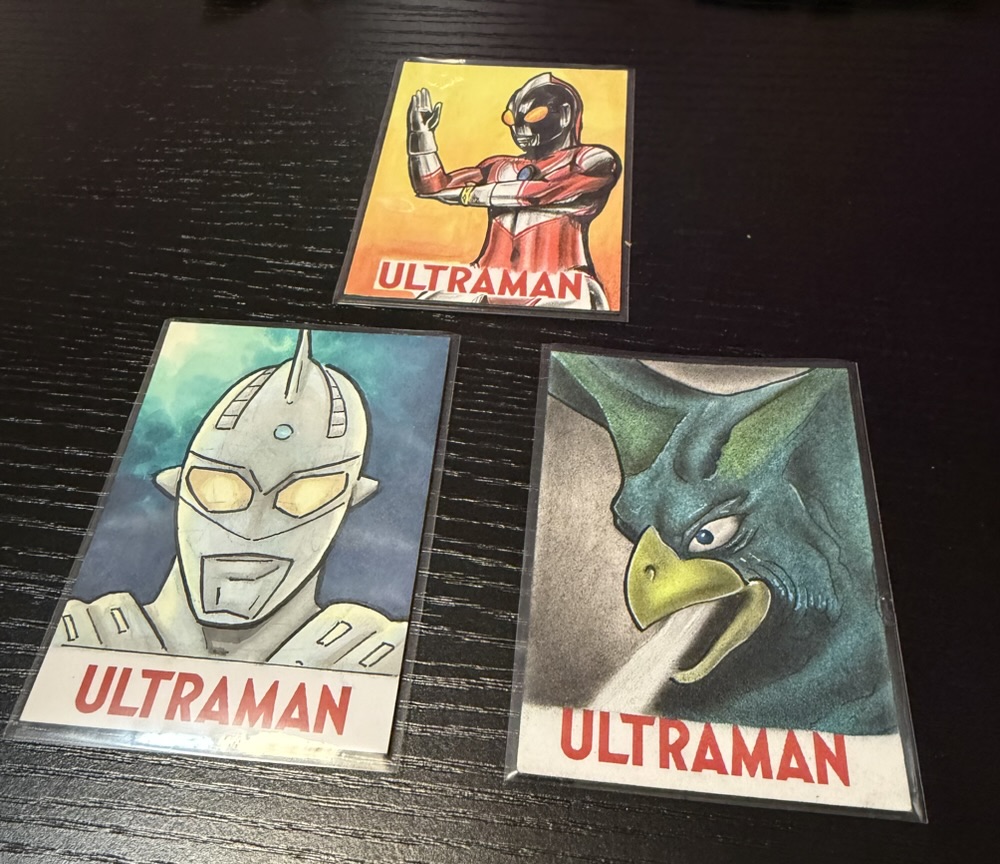We’re in New York! We came down today for Kristin’s birthday, and will stay a couple of nights. Jessica came with us today, and she and Kristin spent most of the day shopping before we all met for dinner.

I did my usual rounds while they shopped, walking forever in light rain with a bustle of people on every street. Around 10th Avenue I was walking down a street lined with brownstones when I saw these two lavishly decorated staircases (those are pumpkins and gourds). At first I assumed this was fabulously wealthy people who could afford professional decorators but then I noticed a sign that the street will be used for filming next week so maybe it’s a film/TV set?

And while I was wandering around buying postcards and antique magazines what was the birthday girl up to? Getting her ear pierced! She’s now got a fancy diamond stud in the top of her right ear. She also bought herself some cute shoes and had a fancy breakfast with Jessica.

But the true birthday celebration was dinner at a Korean bbq restaurant in koreatown. Since we had an authentic Korean with us, they treated us like VIPs and it was quite the experience! Oh and they had photos of famous people who had eaten there, including Psy!

We had beef, veggies and shrimp cooked on the charcoal grill, as well as fried rice, veggie vermicelli, fish roe soup (for Jessica) and a ludicrous supply of side dishes. It was all delicious, and would have fed twice of us!

Not only was the food great, but the experience was as well. After we finished they brought out a cut orange with a candle, played ‘Happy Birthday’ on the restaurant PA, and the entire restaurant sung Happy Birthday to Kristin!
It was a wonderful experience and we’re very grateful to Jessica for sharing it with us 🙂

That’s the view from the hotel roof. We’ve got a comfy room and a couple more days with a lot of shopping scheduled. The birthday trip is off to a good start 🙂
